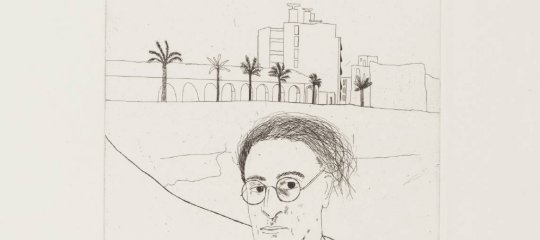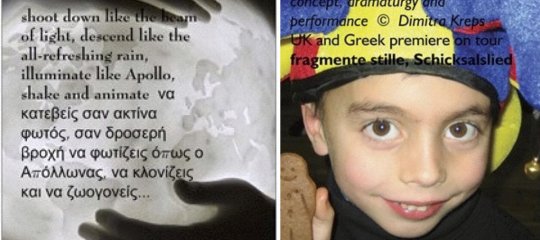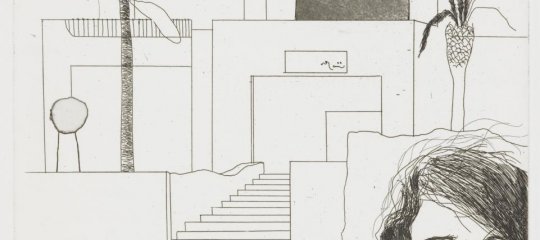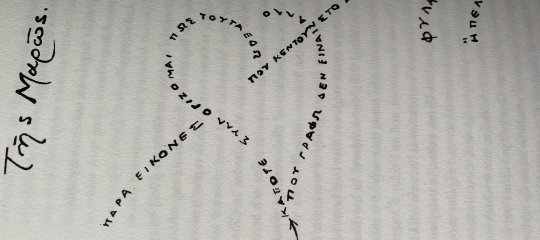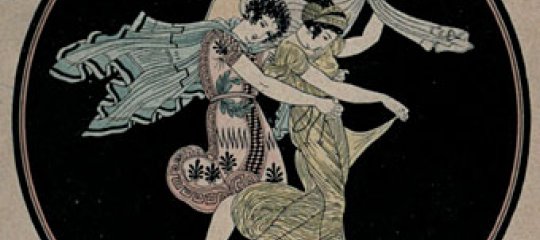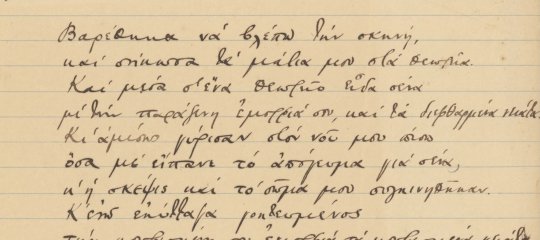Διαγωνισμός Μετάφρασης-Πανεπιστήμιο Σόφιας
georgia writes, "
Διοργάνωση με πρωτοβουλία του ΝΕ τμήματος του Πανεπιστημίου της Σόφιας του Πέμπτου Φοιτητικού Διαγωνισμού Μετάφρασης.
Γεωργία Κατσέλου"
28 Μαϊου 2004
ΠΕΜΠΤΟΣ ΦΟΙΤΗΤΙΚΌΣ
ΔΙΑΒΑΛΚΑΝΙΚΟΣ ΔΙΑΓΩΝΙΣΜΟΣ
ΜΕΤΑΦΡΑΣΗΣ
Το ΝΕ Τμήμα του Πανεπιστημίου της Σόφιας “Άγιος Κλήμης της Αχρίδας” σε συνεργασία με την Ένωση Μεταφραστών της Βουλγαρίας διοργανώνει τον Πέμπτο Διαβαλκανικό Φοιτητικό Διαγωνισμό Μετάφρασης.
Ο διαγωνισμός μετάφρασης, ο οποίος διοργανώθηκε για πρώτη φορά το 2000, προσέλκυσε το ενδιαφέρον και φοιτητών, οι οποίοι μαθαίνουν τη ΝΕ γλώσσα στα πανεπιστήμια του Βελιγραδίου και του Ιασίου. Το 2001 πήραν μέρος και φοιτητές του Πανεπιστημίου Άγκυρας. Επιτυχία είχε και ο Τρίτος Διαβαλκανικός Διαγωνισμός. Τα κείμενα μεταφράστηκαν στα σέρβικα, στα ρουμανικά και στα τουρκικά αντίστοιχα. Οι καλύτερες μεταφράσεις από τα πανεπιστήμια αυτά δημοσιεύτηκαν ήδη στο Δελτίο Νο 1 και Νο 2 της Νέας Ελληνικής Φιλολογίας του Πανεπιστημίου της Σόφιας. Οι φοιτητές, των οποίων οι μεταφράσεις δημοσιεύτηκαν, μπορούν να αναφέρουν στα βιογραφικά τους σημειώματα τη δημοσίευση στο Δελτίο. Το Δελτίο Νο 1 προσφέρθηκε σ’ όλους τους συναδέλφους που πήραν μέρος στο Πρώτο Βαλκανικό Συνέδριο των Νεοελληνιστών στη Σόφια (8-10.11.2001).
Από τη Βουλγαρία παίρνουν μέρος κάθε χρόνο φοιτητές από το Πανεπιστήμιο Σόφιας, από το Πανεπιστήμιο της πόλης Βελίκο Τύρνοβο, από το Πανεπιστήμιο του Πλόβντιβ, από το Νότιο-δυτικό Πανεπιστήμιο στην πόλη Μπλαγκόεβγκραντ και από το Νέο Βουλγάρικο Πανεπιστήμιο της Σόφιας. Στα πέντε αυτά πανεπιστήμια της Βουλγαρίας διδάσκονται τα ΝΕ ως βασικό μάθημα.
Και φέτος οι συμμετέχοντες έχουν τη δυνατότητα επιλογής – να μεταφράσουν ή την ποίηση ή τον πεζό λόγο. Μπορούν να μεταφράσουν και τα δύο κείμενα, αλλά ο κανονισμός του διαγωνισμού δεν τους υποχρεώνει. Μεταφράζουν τα κείμενα ανάλογα με τις δυνατότητές τους και τις προτιμήσεις τους.
Για φέτος, έχουν επιλεγεί προς μετάφραση το ποίημα «Το Μυστικό του Νερού» του Κύπριου ποιητή Γ.Μολέσκη και απόσπασμα από το πεζογράφημα το «Βαθύ Πηγάδι» του επίσης Κύπριου λογοτέχνη Δ. Τζαμιώτη.
Ο διαγωνισμός είναι ανώνυμος με προθεσμία υποβολής των μεταφράσεων. Οι μεταφράσεις υποβάλλονται ή στέλνονται ταχυδρομικώς στα σχετικά ΝΕ Τμήματα χωρίς το όνομα του αποστολέα. Τα κείμενα υποβάλλονται γραμμένα σε γραφομηχανή ή σε υπολογιστή και κλεισμένα σε ένα μεγάλο φάκελο που εμπεριέχει ένα μικρότερο φάκελο με τα στοιχεία του μεταφραστή (όνομα και επώνυμο, πανεπιστήμιο, διεύθυνση, τηλέφωνο). Στο μεγάλο φάκελο κάτω από τη διεύθυνση του παραλήπτη πρέπει να υπάρχει η ένδειξη “για το διαγωνισμό μετάφρασης”. Η αξιολόγηση γίνεται από κριτική επιτροπή συναδέλφων στα ανάλογα ΝΕ Τμήματα και όχι αποκλειστικά στο Πανεπιστήμιο της Σόφιας. Όταν ταξινομηθούν οι μεταφράσεις, ανοίγονται οι μικροί φάκελοι με τα στοιχεία των φοιτητών. Η παραβίαση της ανωνυμίας καταργεί τη συμμετοχή.
Οι καλύτερες μεταφράσεις βραβεύονται. Με τους μεταφραστές, οι οποίοι βραβεύονται, διεξάγεται συζήτηση για να αποφευχθεί η κατάχρηση εμπιστοσύνης ή η χρησιμοποίηση κάποιας ξένης βοήθειας.
Τα βραβεία είναι προσφορά της Πρεσβείας της Ελλάδος στη Σόφια και της Εταιρείας Μεταφραστών Βουλγαρίας.
Η απονομή των βραβείων θα γίνει τη Δευτέρα 31 Μαΐου και ώρα τρεις στο Μέγαρο Πολιτισμού της Σόφιας.
Για το πανεπιστήμιο της Σόφιας, η κριτική επιτροπή αποτελείται από τους: Στόυνα Πορομάνσκα, Καθηγήτρια, Διδάκτορα Γλωσσολογίας, Δραγκομίρα Βάλτσεβα, Διδάκτορα Γλωσσολογίας, Μιλένα Μιλένοβα, Λέκτορα, υποψήφια Διδάκτορα και πρόεδρο της Εταιρείας Νεοελληνιστών Βουλγαρίας και Εκατερίνα Τρενταφίλοβα, Λέκτορα, υποψήφια Διδάκτορα.
- Εισέλθετε στο σύστημα για να υποβάλετε σχόλια

